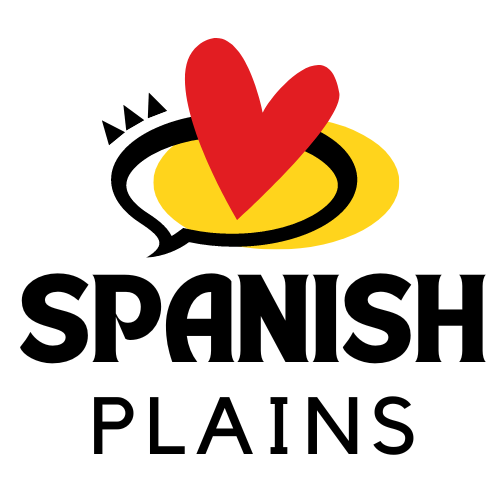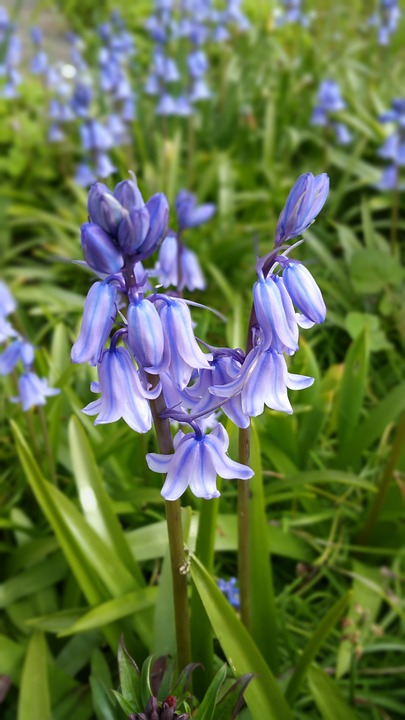Introduction
Tucked away in the picturesque region of Castilla-La Mancha, Cuenca, Spain is not only famous for its stunning medieval architecture and breathtaking landscapes but also for its gastronomy. The culinary delights of Cuenca offer a unique blend of traditional Spanish cuisine with regional specialties that are sure to tantalize your taste buds. From hearty stews to delectable desserts, Cuenca has something to satisfy every palate.
The History of Cuenca’s Gastronomy
Cuenca’s culinary heritage dates back centuries and is deeply rooted in the agricultural practices of the region. The fertile lands surrounding the city have provided an abundance of fresh ingredients that serve as the foundation for the region’s gastronomy. Over time, the influence of different cultures, including the Moors and the Romans, has shaped and enriched the local cuisine.
Traditional Dishes
One cannot explore the gastronomic treasures of Cuenca without indulging in some of its traditional dishes.
Morteruelo
Morteruelo is a rich, flavorful pâté made from a blend of game meat, such as rabbit, partridge, and pork, along with a variety of aromatic herbs and spices. It is traditionally served on toast or crusty bread, making it the perfect appetizer to start your culinary journey in Cuenca.
Zarajos
Zarajos are a delicacy unique to Cuenca. They consist of marinated and skewered lamb intestines wrapped around vine shoots and grilled to perfection. This savory treat is often enjoyed as a tapa, accompanied by a glass of local wine.
Ajoarriero
Ajoarriero is a hearty codfish stew made with olive oil, garlic, peppers, tomatoes, and eggs. This comforting dish is representative of the region’s agricultural heritage and can be enjoyed throughout the year.
Local Delights
In addition to its traditional dishes, Cuenca is also famous for its local specialties that are sure to satisfy your sweet tooth.
Alajú
Alajú is a traditional sweet made from almonds, honey, and wafer sheets. It is often served during special occasions, such as weddings and celebrations.
Bollo de Pascua
Bollo de Pascua is a traditional Easter cake that is typically enjoyed during the Easter season. This delicious cake is made with flour, sugar, eggs, and butter, and is often adorned with colored sugar or almonds.
Miguelitos
Miguelitos are Cuenca’s most famous pastry. These delicate puff pastries are filled with smooth, creamy custard and dusted with powdered sugar. They are a true delight for any dessert lover.
FAQs
What are the best restaurants in Cuenca?
Some popular restaurants in Cuenca include Restaurante Trivio, Meson Casas Colgadas, and Restaurante El Aljibe. These establishments offer a wide range of traditional and contemporary dishes, ensuring a memorable dining experience.
Can I find vegetarian options in Cuenca?
While Cuenca is known for its meat-based dishes, many restaurants in the city also offer vegetarian options. Some recommended vegetarian-friendly restaurants include El Alboroque and Restaurante Alkimia.
Is it necessary to make reservations at restaurants in Cuenca?
As Cuenca is a popular tourist destination, it is recommended to make reservations, especially during peak seasons. This ensures that you secure a table at your desired restaurant and avoids disappointment.
Where can I buy local products in Cuenca?
You can find a variety of local products, including wines, honey, and olive oil, at specialty shops and markets in Cuenca. Mercado de San Fernando and Mercado de Arte are popular spots to explore and purchase local treasures.
What is the best time to visit Cuenca for food lovers?
Cuenca hosts several food festivals throughout the year, including the Gastronomic Jornadas de Cuenca in November and the Feria de San Julián in August. These events celebrate the local cuisine and offer an opportunity to taste a wide array of dishes.

